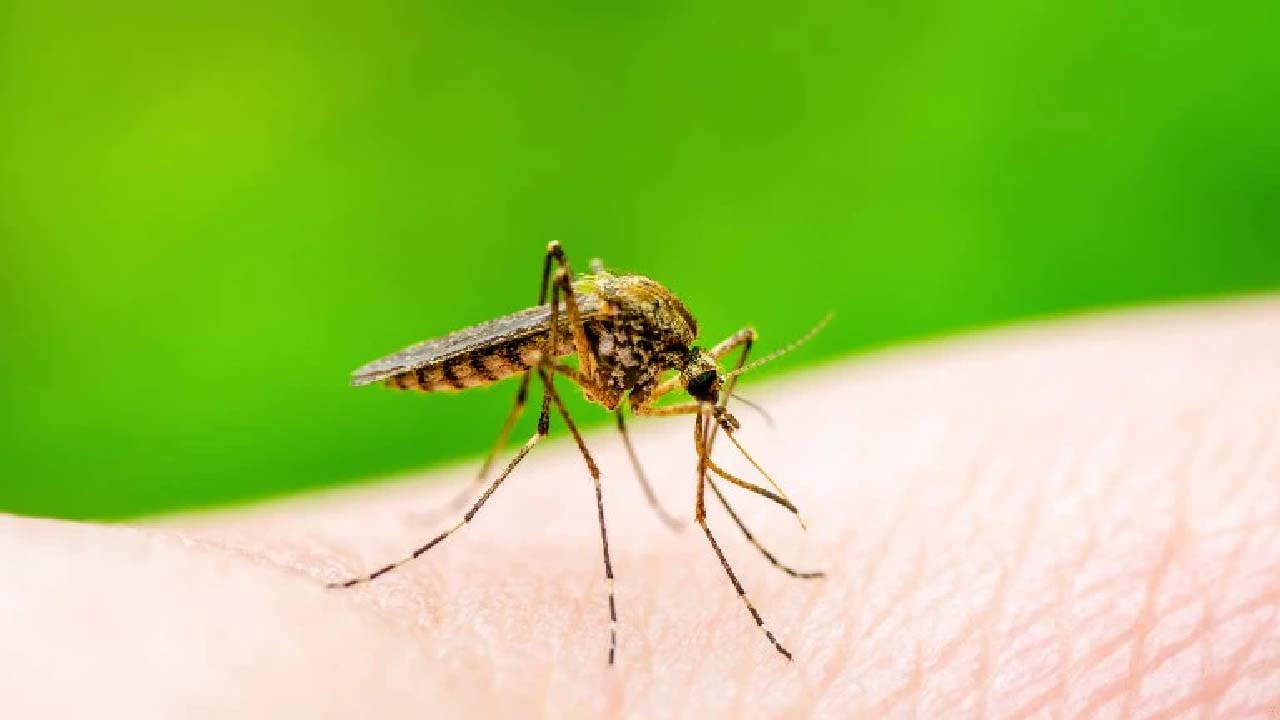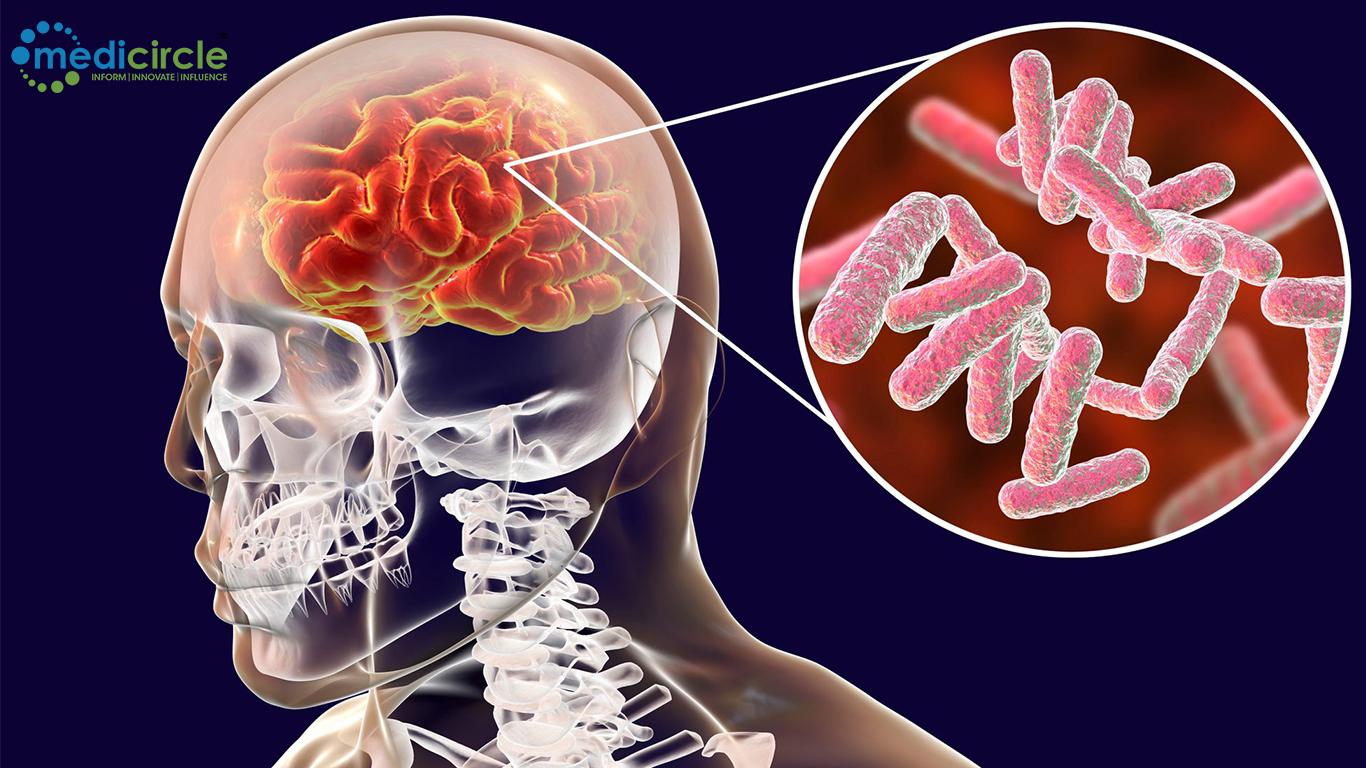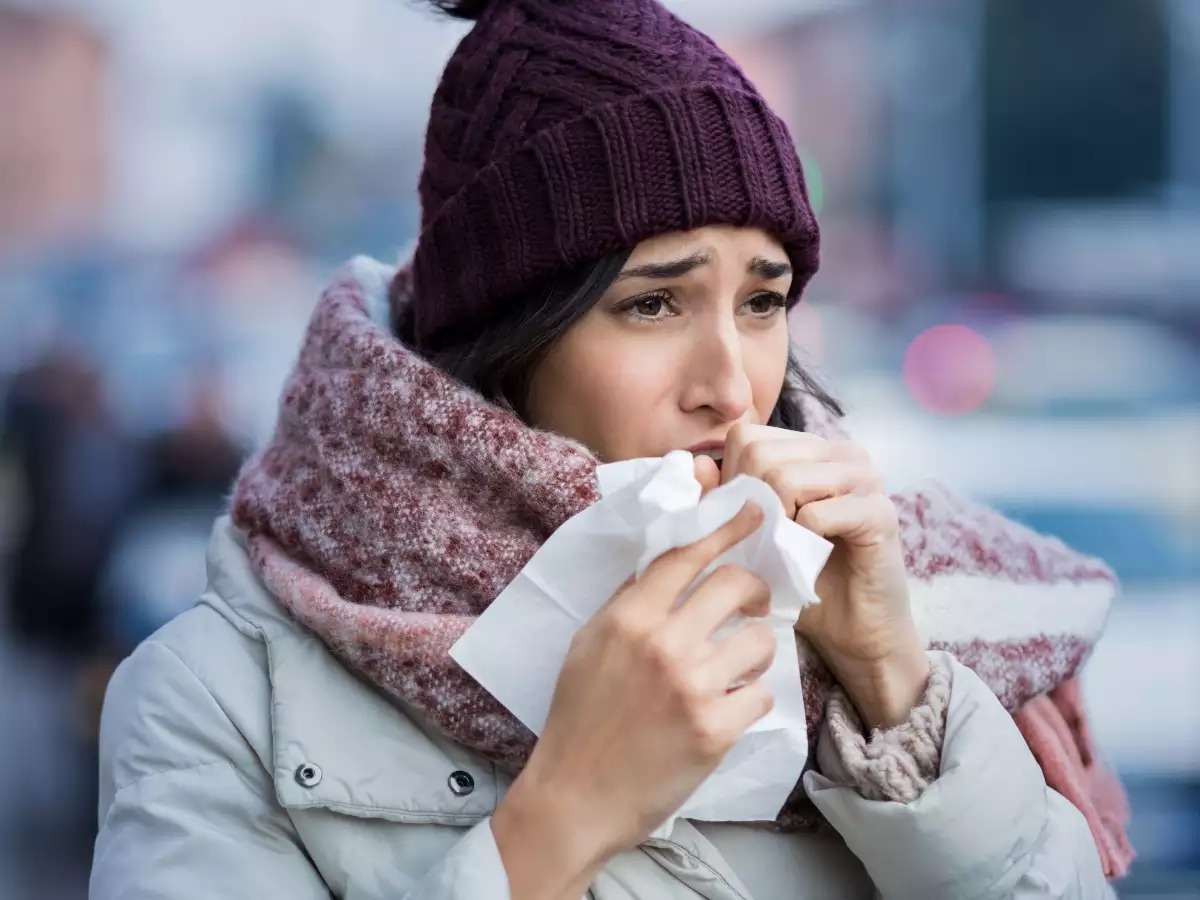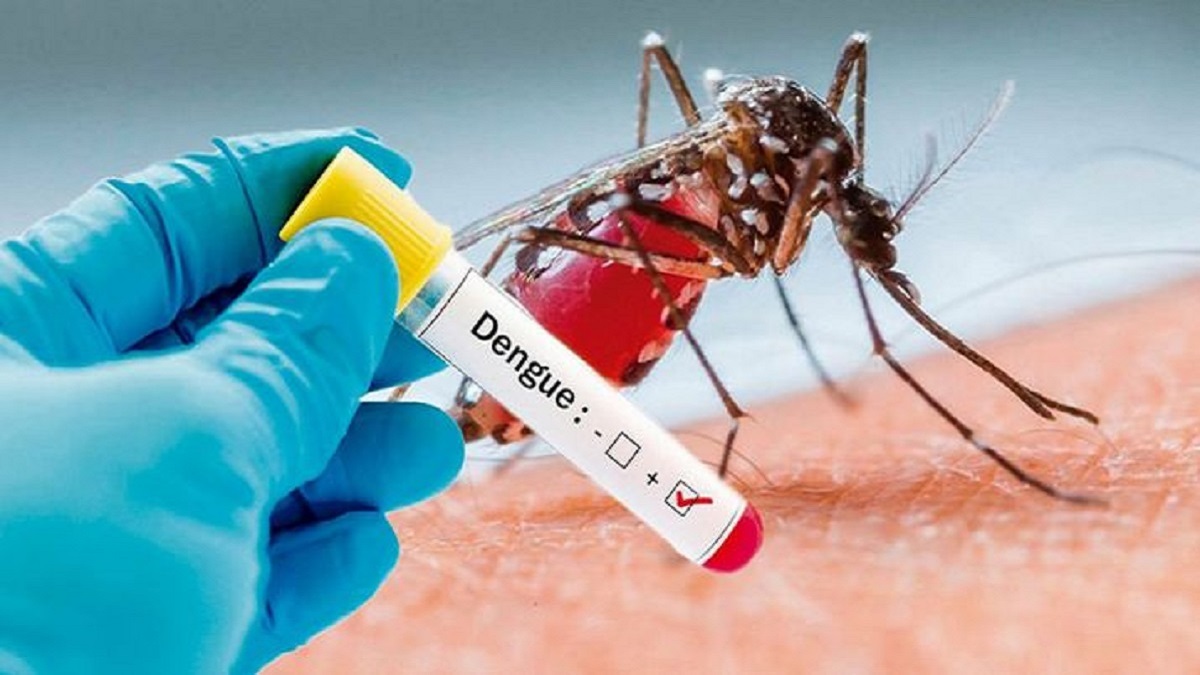What is Dengue?
Dengue is a disease caused by the bite of Aedes aegypti mosquitoes. In this disease, rashes begin to form on the body along with a high fever. Where it spreads as an epidemic, many types of virus can be active at the same time. Dengue fever is a very painful and disabling disease. In this, there is a lot of pain in the patient's body, hence it is also called break-bone fever.
Other diseases caused by dengue
Dengue also has many complications. This can sometimes take many dangerous forms like hemorrhagic dengue and dengue shock syndrome. Many times due to dengue, there is a lack of water in the body, frequent bleeding from the body, decreased platelets, low blood pressure, decreased immunity, liver damage, etc.
Causes and Types of Dengue Fever
There are four different types of dengue viruses. If a person is infected with one of these types of virus, then he is usually protected from that type of dengue virus for the rest of his life. However, with the other three types, it remains safe only for a short time. If he is infected with one of these three types of virus, then he is more likely to have serious problems. Dengue is usually of den1, den2, den3, and den4 serotypes. Serotypes 2 and 4 are less dangerous than serotypes 1 and 3. Symptoms of type 4 dengue include fever with shock and a decrease in platelets, whereas, in type 2, a rapid decrease in platelets, hemorrhagic fever, organ dysfunction, and dengue shock syndrome are the main symptoms. Every type of dengue carries a risk of developing a hemorrhagic fever, but type 4 is less likely than type 2. Dengue 2 virus carries the risk of severe dengue.
Symptoms of Dengue Fever
- After the bite of a dengue mosquito, its incubation period lasts from 3 to 15 days, during this time there are no symptoms of dengue.
- Dengue starts with a high fever, headache, and back pain. There is also a lot of pain in the joints for the first 3 to 4 hours. Suddenly the body temperature rises to 104 degrees Celsius and the blood pressure also becomes much less than normal.
- The eyes turn red and the skin turns pink. The lymph nodes near the neck swell. Dengue fever lasts for 2 to 4 days and then gradually the temperature becomes normal.
- The patient starts recovering and the temperature starts rising again. There is pain all over the body. The palms and feet also start turning red.
- Dengue hemorrhagic fever is considered to be the most dangerous in which along with fever there is a loss of blood in the body. Red or purple blisters appear on the body. Bleeding starts from the nose or gums. The color of the stool also turns black. This is the most dangerous condition of dengue.

 Dengue becomes common during the rainy season because the problem of spreading epidemics is more due to the dirt in this season. This viral disease cannot be cured with antibiotics. Let us know in detail.
Dengue becomes common during the rainy season because the problem of spreading epidemics is more due to the dirt in this season. This viral disease cannot be cured with antibiotics. Let us know in detail.



















.jpeg)



.jpg)




.jpg)





.jpeg)

.jpg)


